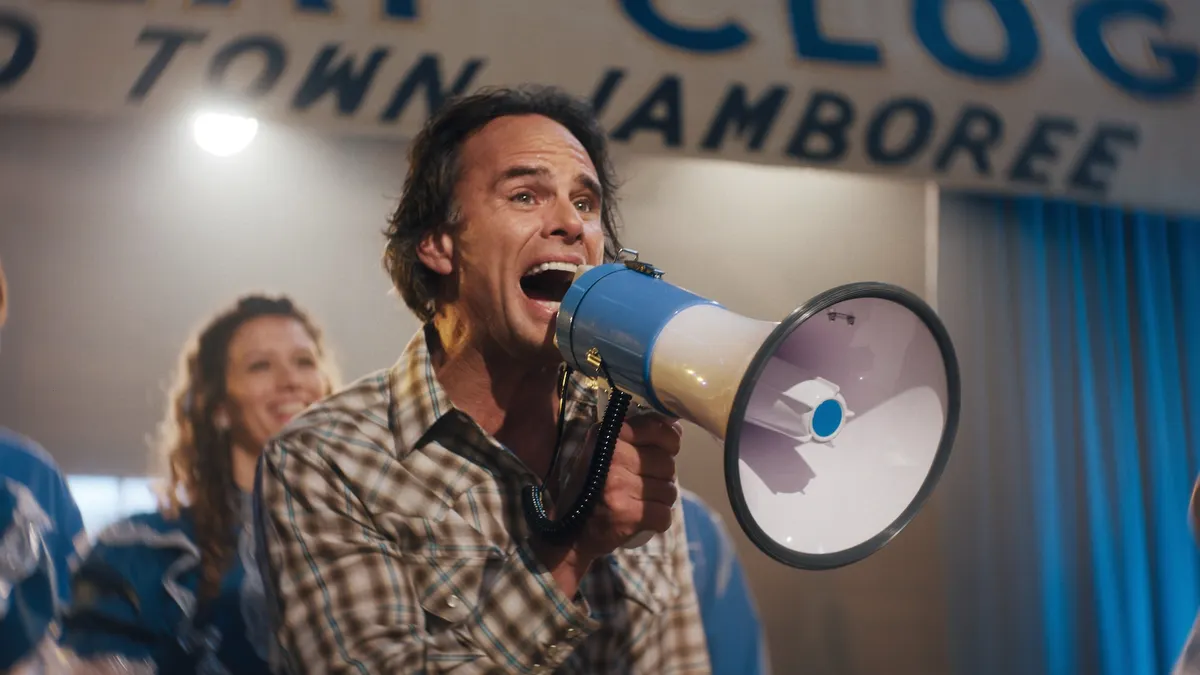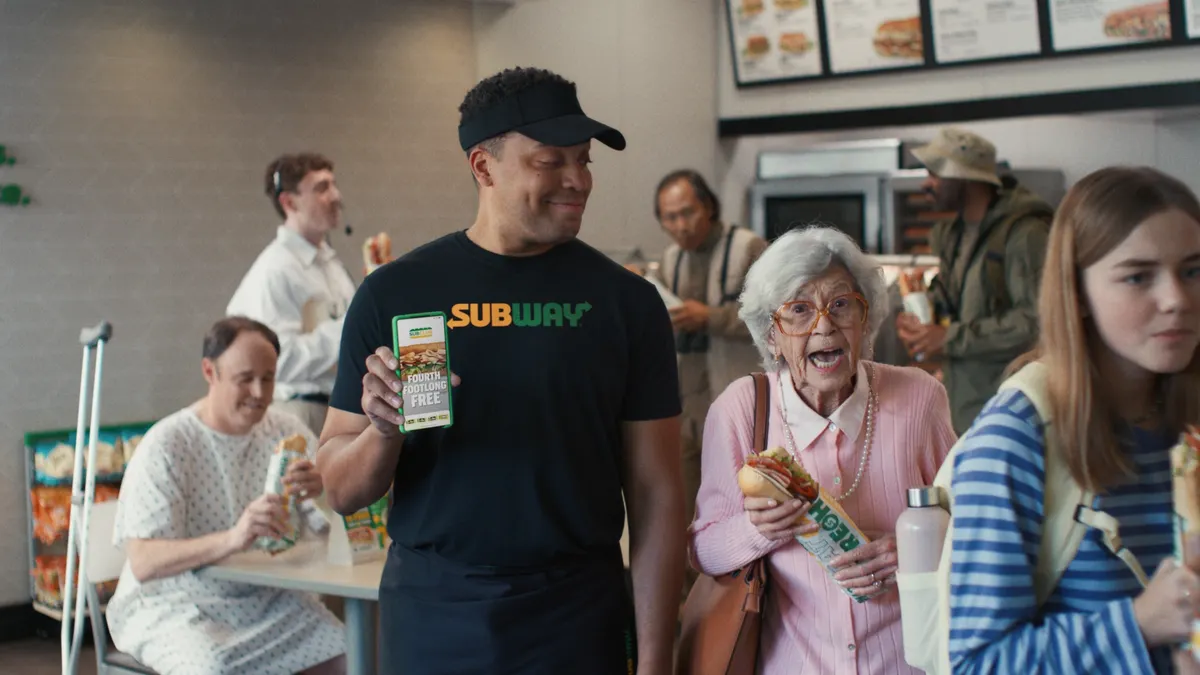Just before she started making TV appearances to promote her latest album "Unapologetically" last summer, country music star Kelsea Ballerini made an announcement about a change in her social media strategy.
"Alright, today is the day that I ditch good ol' Snapchat and I'm starting Instagram Stories," Ballerini said in a video to fans. Though she didn't go into details, Ballerini is just the latest example of how influencers can shift across platforms without warning.
There's little question that these shifts extend beyond Ballerini, with tales of influencers migrating from Snapchat to Instagram cropping up in publications everywhere. But this isn't merely an Instagram vs. Snapchat issue. Twitter famously shut down its Vine service for short-form videos back in January, forcing many influencers to find alternative platforms to share their video content. Google's YouTube is seeing new competition from Amazon-owned Twitch, and even Spotify is courting influencers to create playlists and attract a more engaged following. For brands who want to pursue influencer marketing — and the agencies who help them — the threat of platform migration is adding complexity to an already challenging space.
"It comes down to the same questions a marketer will always ask: Have I built a loyal relationship with my audience?" said Brian Zuercher, CEO of Seen. "If that's the case, you may have some attrition if you carry that audience somewhere else. But the real question is around whether you're just doing expansion for expansion's sake. If so, you're probably going to fail."
Maintain an influencer marketing mix
Brands need to be equally strategic, as marketers who want to partner with influencers can't force them to commit to a particular platform indefinitely. Instead, businesses need to stay educated on the tools and features that make it easier for them and their influencers to share original content, boost engagement and drive conversions, said Mike Froggatt, L2's director of intelligence.
Froggatt said it's also important to think about the way business objectives could be reached more efficiently as influencers move or add to their arsenal of social platforms. He suggested that Instagram typically pairs well with bloggers or YouTube celebrities for its visual-focused nature. This mix can be important if a brand wants an influencer's followers to be able to swipe up on an Instagram story and make a direct purchase, versus only being able to add affiliate links in the description on a YouTube video.
"... The real question is around whether you're just doing expansion for expansion's sake. If so, you're probably going to fail."

Brian Zuercher
CEO, Seen
Naturally, not every social tool will offer everything a creator or brand needs, and those platforms that make it difficult to develop sponsored content may see more influencers leaving, said Hypr Brands CEO Gil Eyal.
"Influencers are finding that live streaming solutions are generating more revenue for them with far less 'adult' supervision — and this is driving them to platforms that might be less technologically evolved or more willing to look the other way," he said.
Who really owns the audience?
Influencers that rely strictly on others' platforms might also be putting themselves at a disadvantage if they aren't also ensuring they own a portion of their audience directly, according to David Song, managing director at agency Barker.
"It's going back to old school thinking: what kind of traffic are they driving back to their own website?" he said. "Social networks are great, but from a marketer perspective, look at their blog and depending on what kind inventory they have, give them a banner. Forget what they're going to give you on Instagram Stories."
For those who build on owned entities by moving to or merely trying out newer platforms, the end results may need to be evaluated differently, Seen's Zuercher said.
"The big reset is setting expectations about what size of audience someone may generate," he said. "An influencer using Spotify may not get millions of followers, but they might gain hundreds of thousands under a specific category."
Such results could make a significant difference for brands pursuing a more targeted approach on a given campaign.
The end of an age
Although the pace of change among social media companies has been fierce in recent years, there may soon be some consolidation in terms of the viable options available to brands interested in working with influencers, said Ashley Banks, director of digital strategy and media at Iced Media.
"I think we've ended the age of new platforms," she said. "It feels like there's been another new platform every other moment, but a lot of the newer blips we've seen haven't taken off."
Instead, she suggests marketers go back to the basics of having a diversified social strategy in terms of both channels and influencers, as well as continuously enhancing activity on all other channels a target audience lives.
"I think we've ended the age of new platforms. It feels like there's been another new platform every other moment, but a lot of the newer blips we've seen haven't taken off."

Ashley Banks
Director of Digital Strategy and Media, Iced Media
Brian Salzman, founder and CEO of RQ Agency, said marketers shouldn't be blindsided if an influencer they work with switches from YouTube to Twitch or from Instagram to Snapchat without notice. As partners, they should ensure that the influencers' content aligns with the platform they're engaging fans on.
"I would imagine if there was a real relationship, they should collaborate and be a part of it," he said, adding that there might be value in investing in the same new platform as well.
Salzman also noted that marketers should remember that "influence" is really about the relationships and network a person has, not just a platform on which they share content.
"There are plenty of influencers who have never tweeted a day in their life," he said.




















